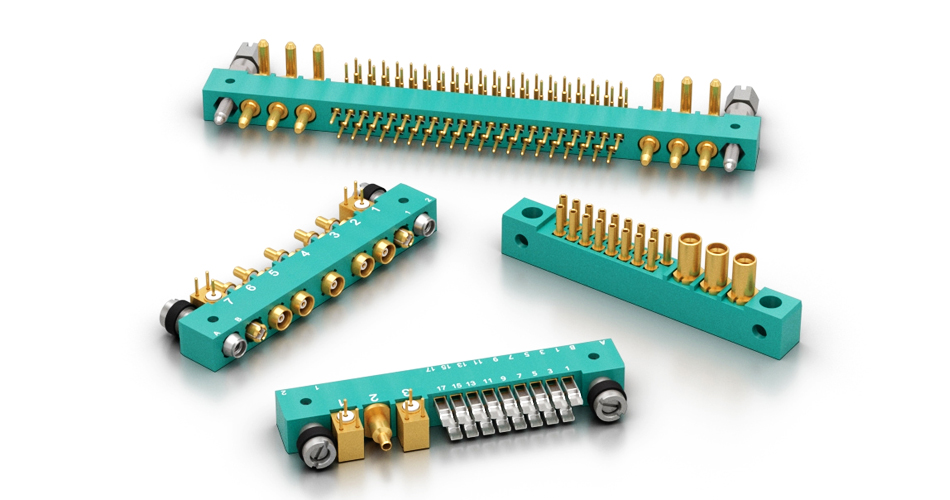- English
- Español
- Português
- русский
- Français
- 日本語
- Deutsch
- tiếng Việt
- Italiano
- Nederlands
- ภาษาไทย
- Polski
- 한국어
- Svenska
- magyar
- Malay
- বাংলা ভাষার
- Dansk
- Suomi
- हिन्दी
- Pilipino
- Türkçe
- Gaeilge
- العربية
- Indonesia
- Norsk
- تمل
- český
- ελληνικά
- український
- Javanese
- فارسی
- தமிழ்
- తెలుగు
- नेपाली
- Burmese
- български
- ລາວ
- Latine
- Қазақша
- Euskal
- Azərbaycan
- Slovenský jazyk
- Македонски
- Lietuvos
- Eesti Keel
- Română
- Slovenski
- मराठी
- Srpski језик
Selecting and Purchasing Electronic Components: How to Make Smart Decisions
The selection and procurement of electronic components is a very important part of the development and manufacturing process of electronic products. Proper selection and purchasing decisions can impact product performance, reliability and cost. Here are some steps and suggestions to help make informed decisions:

1. Determine needs:
First, clarify your project requirements. Understand the features, performance specifications, quantities, and budget constraints required for your product.
2. Conduct market research:
Before making your selection, research the components and suppliers available in the market. Understand the reputation, product quality, price and delivery capabilities of different suppliers.
3. Develop selection criteria:
Based on project requirements, we formulate selection criteria, including performance, reliability, cost, supply chain availability and other factors. These criteria will help you filter candidate electronic components.
4. Compare candidate electronic components:
Compare candidate components, including technical specifications, price, lead time, reliability data, etc. You can use electronic component parameter tables or electronic selection tools to assist with comparisons.
5. Get to know your suppliers:
Choosing a trustworthy supplier is crucial. Review a supplier's history, deliverability, quality control measures, and customer feedback.
6. Consider long-term availability:
Ensure long-term availability of selected electronic components to avoid discontinuation or replacement issues during production.
7. Ensure components comply with regulatory requirements:
If your product needs to comply with specific regulations and standards, make sure the electronic components you select meet those requirements. This may include environmental regulations, electromagnetic compatibility requirements, etc.
8. Evaluate costs:
Consider the total cost of the component, including procurement costs, shipping costs, inventory management, maintenance costs and potential risk of production outages.
9. Perform sample testing:
Before formal purchasing, it is recommended to obtain samples and conduct testing to verify whether the electronic components meet your needs.
10. Risk management:
Assess potential risks, including supply chain disruptions, quality issues and price fluctuations, and develop a risk management plan.
11. Establish cooperative relationships with suppliers:
Build positive relationships, stay in communication with your suppliers, and ensure they can meet your needs.
12. Track and manage inventory:
Manage inventory effectively and avoid excess or insufficient inventory to reduce costs and risks.
13. Continuous improvement:
Regularly review your component selection and purchasing decisions to adapt to market changes and technology developments.
In summary, the selection and purchase of electronic components requires careful planning and decision-making. Through adequate market research, standard setting, supplier evaluation and risk management, we can help you make informed decisions to ensure product quality, performance and reliability. In addition, establishing strong supply chain relationships is also one of the key factors for success.
Send Inquiry
-
Delivery Service






-
Payment Options









